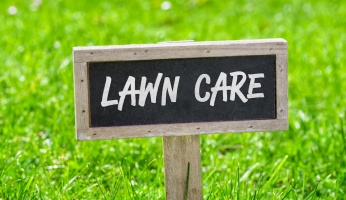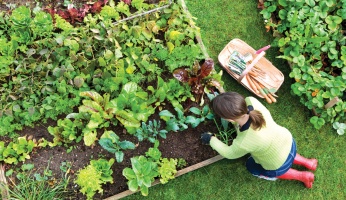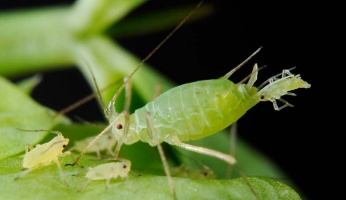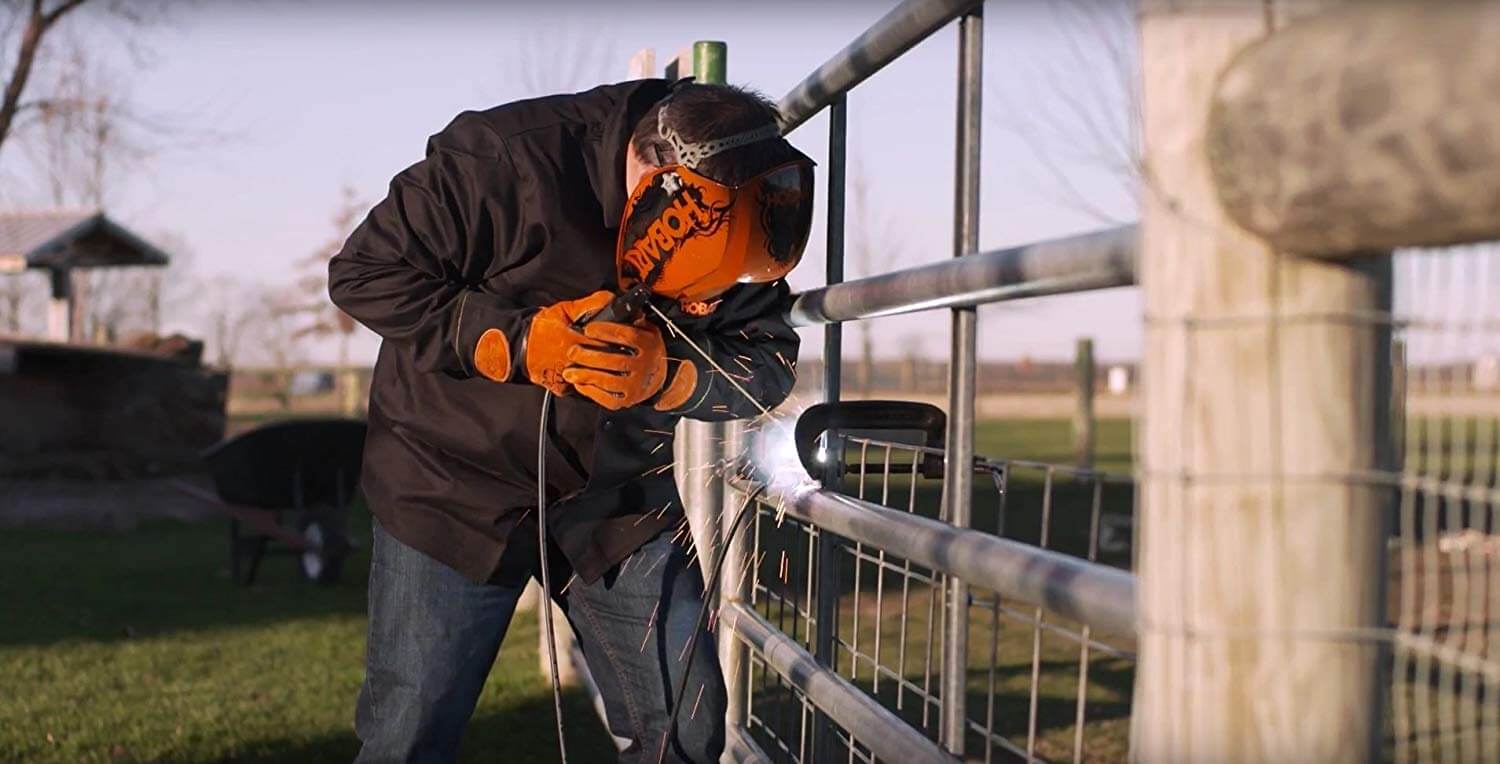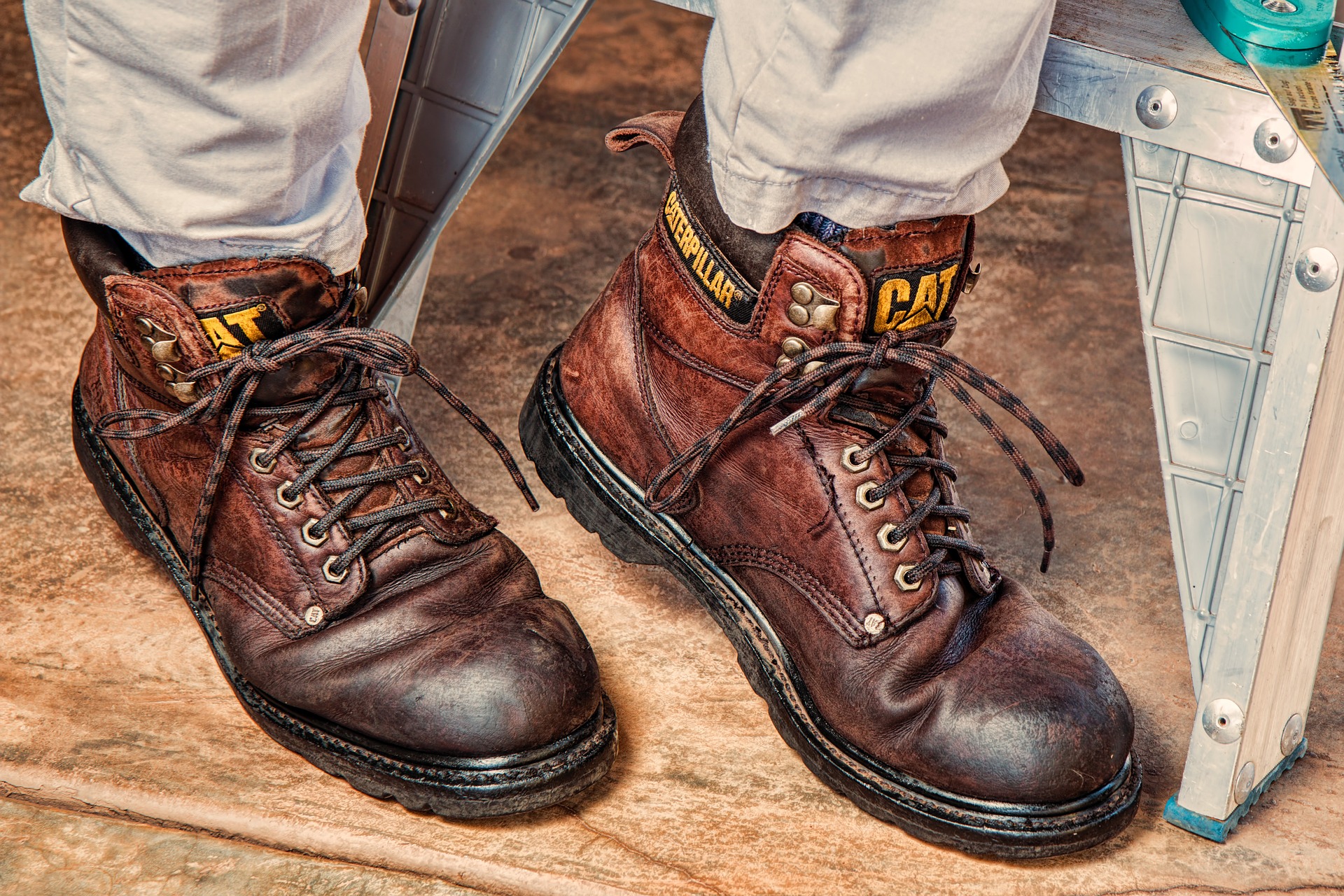- No Obligations
- Stop Paying Too Much For Your Contractor
- No Spam Calling
- Screened & ID Checked Contractors only!
Decorative Stones for Your Garden: Which Type to Choose?
1
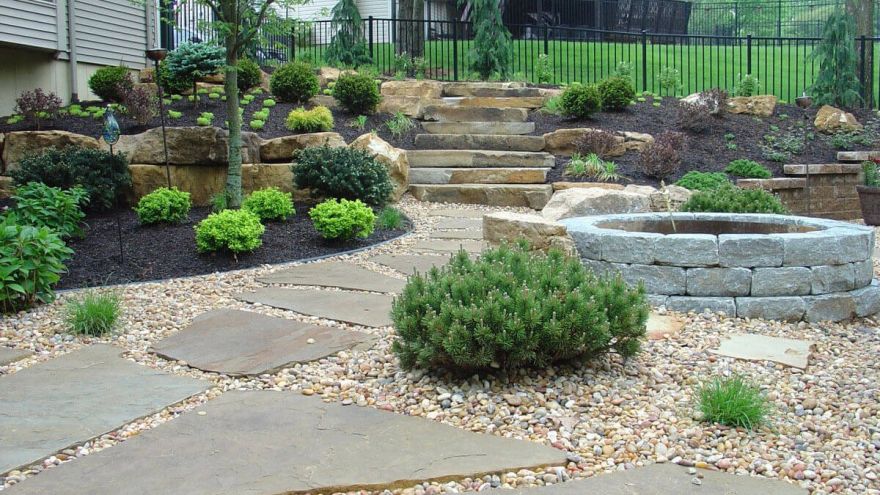 Decorative Stones for Your Garden: Which Type to Choose?
earlyexperts.net
Decorative Stones for Your Garden: Which Type to Choose?
earlyexperts.net
If you’re not much of green thumb gardener, and don’t exactly love when potting soil runs down the driveway in the rain, or the task of re-mulching every year, than garden stones might be your best bet.
Garden stones are exactly what they sound like: decorative stones placed in flower beds in lieu of mulch or another type of soil covering. When paired correctly, garden stones compliment flowers well offering a clean, contemporary look to flower beds.
But where does one even start without any practical experience with garden stones? The best questions to explore are those surrounding the various types of stone: which are best and their price points. In this article, we will outline both questions in great detail so that when the time comes for you to make an ultimate purchase you will feel completely confident and informed.
The Different Stones
The main factors that set stones apart are size and texture, though there are color differences as well. Here are the most commonly used garden stones and their defining characteristics:
- Gravel: A rough stone, that comes in many natural sizes and shapes. Often, gravel is the shards of other, larger rock formations that are then processed for garden use.
- Pebbles: Natural stones found any and everywhere in nature. The ones used in your garden can be dyed to match just about any style. These are also the smallest of the garden stones.
- Cobblestones: These are manufactured to be more uniform in size and shape than some of the other garden varieties. They are typically a couple of inches in diameter, and because they are spherical, create an interesting visual texture for garden beds.
- Paddle-stones: Manufactured much in the same way as cobblestones. The only difference is these are flat, which makes navigating large beds slightly easier.
- Decorative stones: Large boulders, glacial boulders, and natural rocks. These are strictly decorative in gardens, adding depth and symmetry to the garden based on where they are placed. Natural rocks can also be used to build retaining walls, or as garden edging.
Weighing the Stones
There are a few considerations to make as you begin searching for the right garden stone. First is drainage, or the ability for your garden bed to properly distribute water much in the same way it would be through mulch or garden soil.
Temperature control, or the stones ability to act as a layer of protection between the sun and the roots beneath the soil is also of vital importance. You want to avoid stone that attracts light and heats beyond the soils natural temperatures. The opposite is also true. A cooling stone could be detrimental to your plants, as well. With respect to temperature, you want your stone to be as neutral as possible.
Here are the best options based on this criteria:
Gravel
Gravel, and specifically pea gravel, is by far the most popular choice for garden beds. Pea gravel is small and round with a smooth surface that creates an illusion of softness as you look upon your beds. It is also extremely versatile coming in many shades and hues that can easily match your garden’s color scheme.
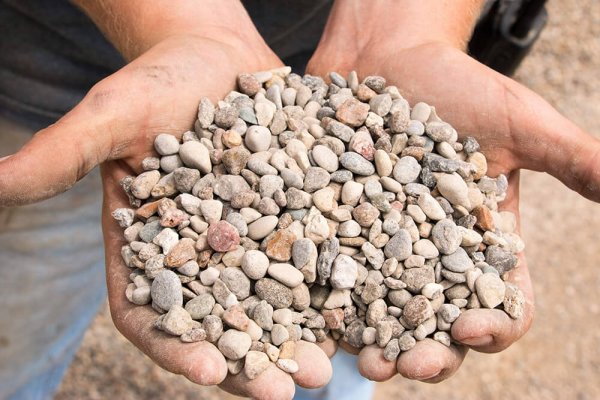
Pea gravel is used in a lot of different ways, from landscaping to construction and as base layers for walkways and even swimming pools. For this reason, it is fairly easy to find and affordable. Part of the reason it is a foundational material in so many different projects is because it is an extremely adept drainage material.
Pebbles
These are the more natural alternative to gravel pieces. Certain types, like Mexican beach pebbles, are refined over the course of years and years by crashing waves. Because of this, they have been smoothed and shaped to near perfect circles.
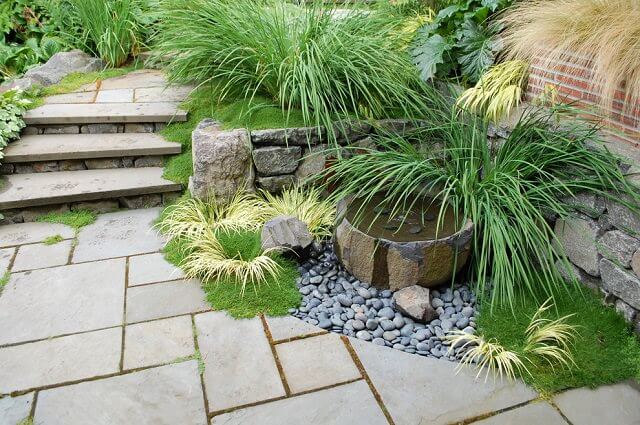
In terms of sheer aesthetic, you can’t really beat Mexican beach pebbles. While they tend to be blue or gray at first glance, when exposed to water they appear deep black or even onyx, highlighting your garden even on rainy days.
While they come in many different sizes, smaller is always better for garden beds. When many small, imperfect stones are compiled in a garden bed, you end up with a complicated system of avenues through which water can flow. In this way, small pebbles are a great option with regards to drainage.
The Takeaway
Pea gravel and Mexican beach pebbles are relatively equal in functionality. Where they differ is in aesthetic and price. Mexican beach pebbles are the more beautiful choice. The reaction to water is truly stunning. That said, they are slightly more difficult to find and more expensive in bulk.

Pea gravel, on the other hand, is more versatile. It comes in a variety of muted tones easily adaptable to any design. It is also more affordable, and really unparalleled when it comes to drainage.
Ultimately, the choice falls on the gardener as there is no clear best stone among the two. Both have offsetting pros and cons. For practicality, pea gravel seems to reign, but no one can deny the beauty of Mexican beach pebbles. Regardless, each is a solid option in achieving your landscaping goals and creating a botanical garden to love and admire in your very own backyard.

